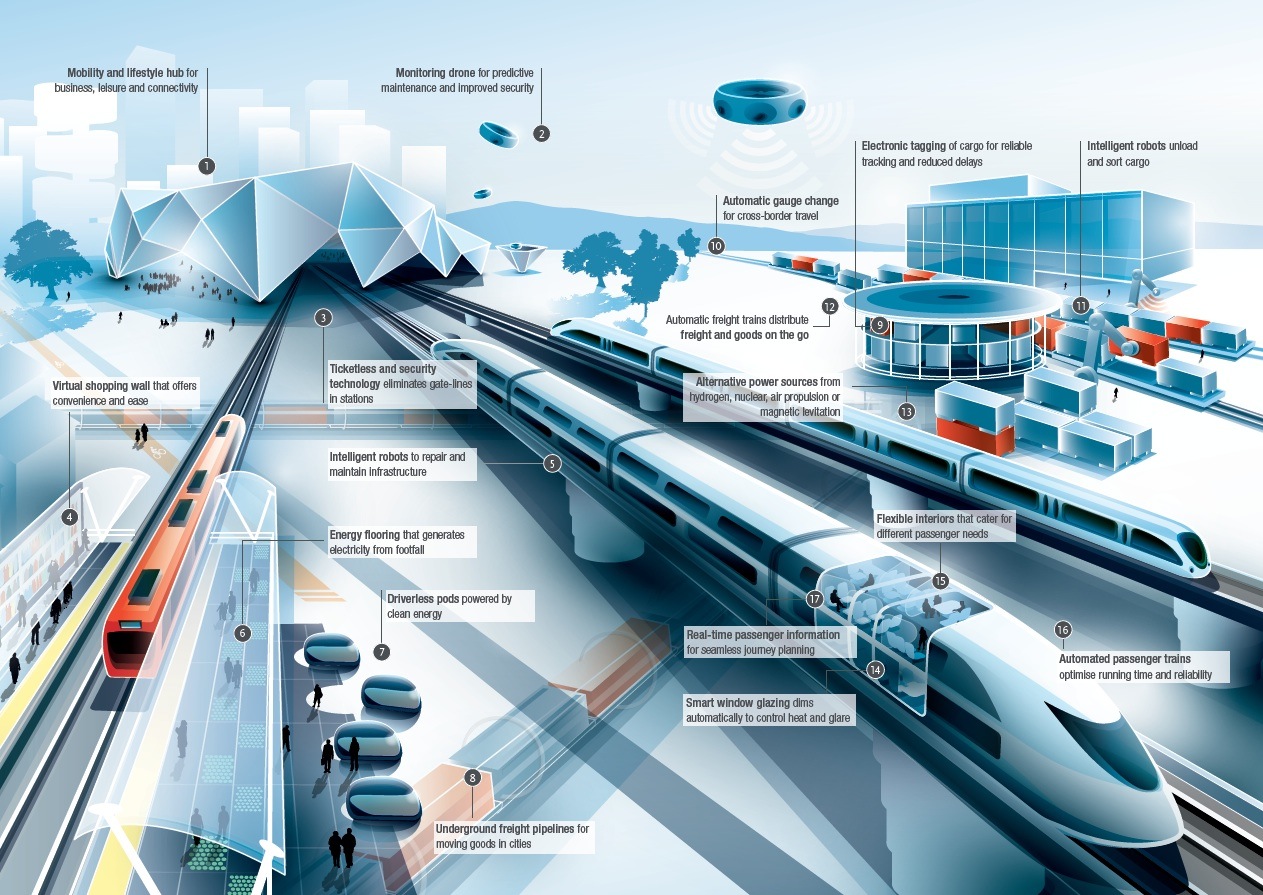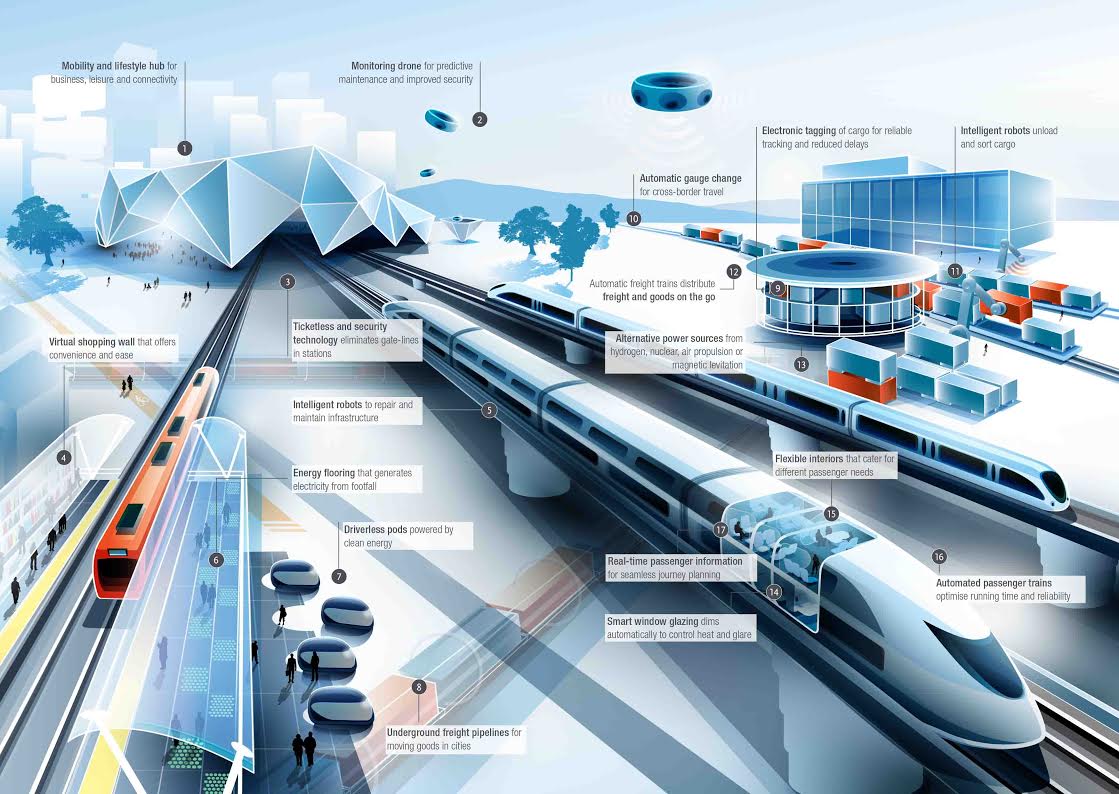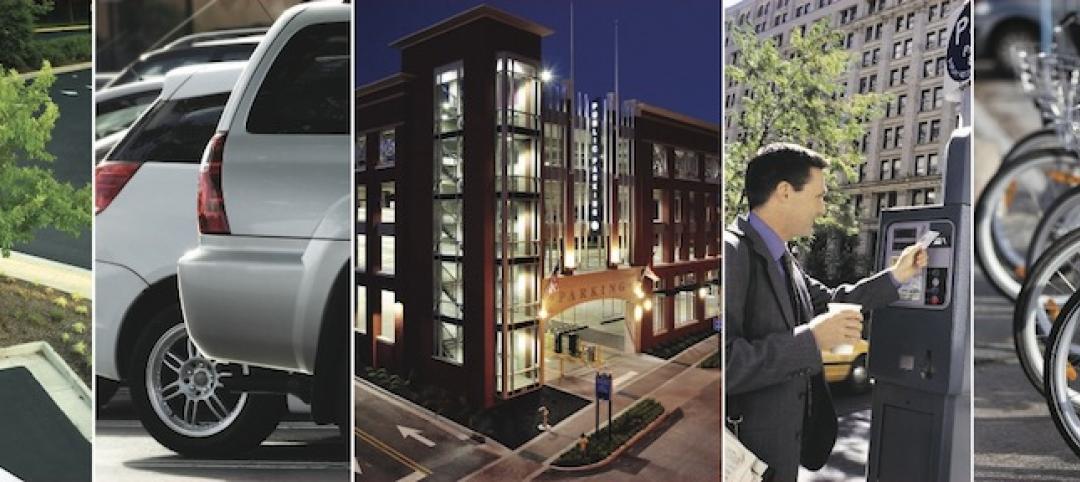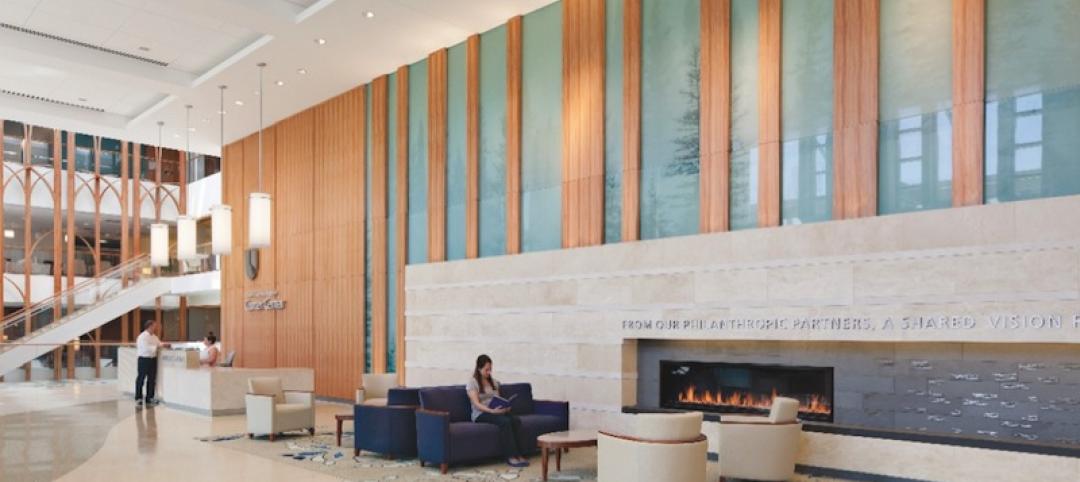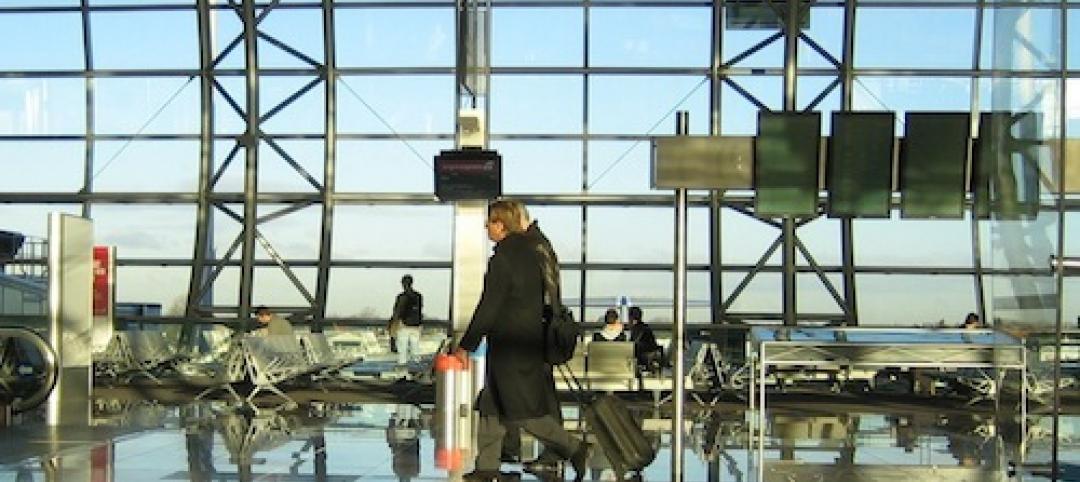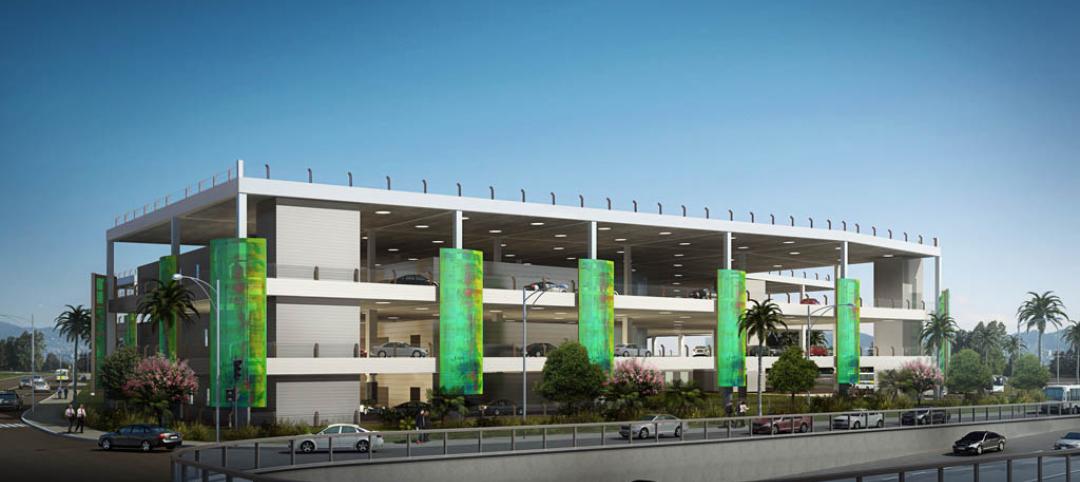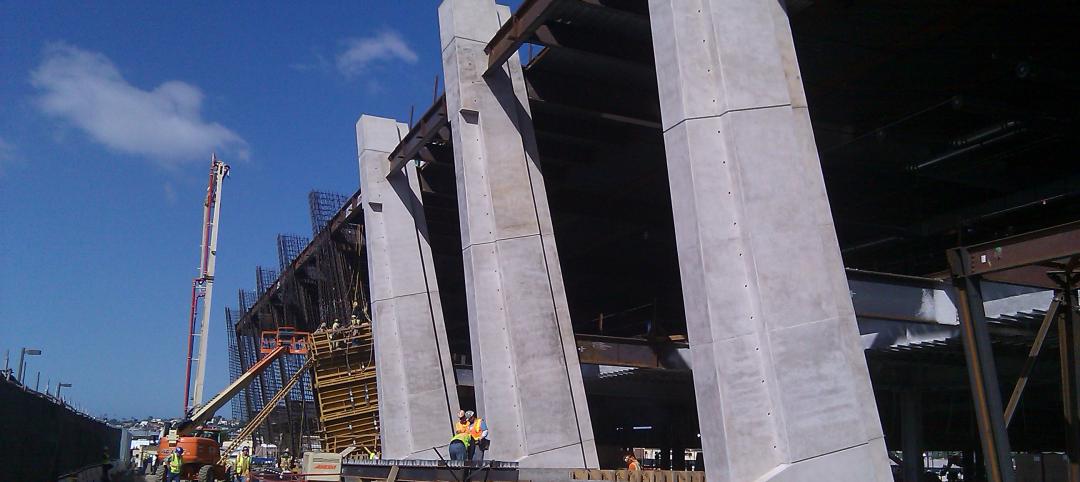A new report by Arup reveals a vision of the future of rail travel in light of trends such as urban population growth, climate change and emerging technologies. Future of Rail 2050 foresees predictive maintenance of rail lines by robot drones, driverless trains travelling safely at high speed, freight delivered automatically to its destination, and smart technology able to interface with mobile and wearable devices to improve passenger experience and enable ticketless travel.
Arup has been involved in many of the world’s high speed rail, metro and driverless train projects including HS1 and Heathrow PRT in the UK and Cityringen Metro in Copenhagen, as well as the creation of Beijing South Railway Station and the redevelopment of St. Pancras International Station. The report is based on developments from current Arup rail projects, as well as insight from Arup’s Foresight + Research + Innovation team and global contributors.
Convenience: a reliable network
With the increasing frequency of extreme weather events, the report looks at future construction and maintenance techniques to reduce travel delays and shape railway resilience. It predicts intelligent robots building new, and retrofitting old rail infrastructure.
Swarm robotics, a theory based on swarm behavior amongst ant and bee colonies, could see small robots working collaboratively on major railway repair and structural testing. Monitoring drones would enable rail operators to perform advanced maintenance on tracks, eradicating lengthy journey delays and line closures.
To further increase efficiency and speed of travel, Future of Rail 2050 suggests that automated systems will optimise the running time of passenger trains and increase the reliability and safety of the network. Driverless trains, for example, would be in constant communication with one another with the sensors embedded in rail infrastructure, travelling in close succession and responding in real time to their location on a given track.
Freight activity, meanwhile, is due to increase globally by up to 250% by 2050, so improved transit times and reliability are key to increase efficiency and minimize congestion. The report foresees dedicated elevated platforms and underground pipelines to transport goods, freeing up rail and highway infrastructure for passenger travel.
Freight pipelines would use intelligent, aerodynamic pods and embedded sensors, to provide an energy efficient and low maintenance method of delivering goods in heavily populated urban areas.
Supporting the above are ongoing developments in nanotechnology, biotechnology, information technology and cognitive sciences, which will see new materials that are lighter, stronger, smarter and greener. Graphene, for example, is revolutionary in its flexibility, strength and conductivity and brings the potential for completely new, reliable rail structures and design.
Conurbations: integrated transport systems
To truly deliver a smooth, convenient passenger experience, rail needs to be fully integrated with other modes of transport – a possibility enabled, in part, by big data and the Internet of Things.
Greater internet connectivity will provide passengers with accurate, real-time updates on train times and connections to other transport modes, complete with optimum pricing.
Ticketless technology will remove gate-lines in stations. Authorisation to travel will be universal and payment processed automatically when the journey is taken, allowing a seamless connection between various modes of transport. This could be through interoperable electronic passes (valid for trains, businesses, car sharing schemes and bicycles) or through personal accounts which would authorise travel and automatically process payment – removing congestion at ticket barriers and eliminating unauthorised travel.
Personal rapid transport systems, powered by clean energy, could also provide the crucial last mile link in urban areas. These systems could, for example, use magnetic levitation to connect vehicles to a high-speed guideway, eliminating vibration, pollution, noise and the usual wear caused by moving parts. These automated systems would allow passengers to check emails or read the news while travelling to their final destination.
Connectivity: plugging into journeys
The convergence of mobile devices, big data, and wearable and location-aware technology are at the heart of improving passenger experience. As well as providing accurate, real-time travel information, high-performance networks will grant uninterrupted access to work and entertainment systems on the move.
The report imagines a future where train passengers can contact friends, family and colleagues via ‘HoloCalls’ (holographic image displays) and train windows will adjust automatically to prevent external glare. Virtual shopping walls will be located in train stations and even carriages themselves, enabling products from the wall displays to be purchased via mobile devices.
“The global urban population is growing rapidly and by 2050, around 75% of the world’s population will live in cities,” said Colin Stewart, Global Rail Leader, Arup. “This places huge pressure on transport infrastructure and resources, but also creates a significant opportunity for rail, which relies on passenger density to function most effectively. The challenge will lie in juggling the responsibility of providing reliable travel for millions while simultaneously tailoring each journey for the individual.
“However, by rapidly developing technology and taking bold steps to overcome capacity and cost challenges through maximising efficiencies , the rail renaissance can deliver a future where rail is the backbone of our travel system, linking major urban hubs and feeding into multi-modal transport networks for the benefit of the passenger.”
Check out the full report here, and a demonstrative infographic below:
Related Stories
| May 20, 2013
4 emerging trends in parking structure design
Survey of parking professionals reveals how technology is transforming the parking industry.
| Apr 30, 2013
Tips for designing with fire rated glass - AIA/CES course
Kate Steel of Steel Consulting Services offers tips and advice for choosing the correct code-compliant glazing product for every fire-rated application. This BD+C University class is worth 1.0 AIA LU/HSW.
| Apr 2, 2013
6 lobby design tips
If you do hotels, schools, student unions, office buildings, performing arts centers, transportation facilities, or any structure with a lobby, here are six principles from healthcare lobby design that make for happier users—and more satisfied owners.
| Feb 22, 2013
Zaha Hadid to help plan new London-area airport hub
The Mayor of London has appointed Zaha Hadid Architects to help create a major new airport in southeastern England.
| Jan 31, 2013
More severe wind storms should prompt nationwide reexamination of building codes, says insurance expert
The increased number and severity of storms with high winds nationally should prompt a reexamination of building codes in every community, says Mory Katz, vice president, Verisk Insurance Solutions Commercial Property, Jersey City, N.J.
| Aug 28, 2012
McCarthy begins construction on transportation center at Bob Hope Airport
Designed to meet LEED silver certification standards, the facility will feature unique, above ground base isolators that will resist a maximum credible earthquake.
| Jun 14, 2012
Viscardi joins LEO A DALY as VP, corporate director of aviation programs
Viscardi will be responsible for providing the vision and strategy for growing the firm’s aviation practice, identifying and establishing new clients, as well as maintaining existing client relationships.
| Jun 1, 2012
New BD+C University Course on Insulated Metal Panels available
By completing this course, you earn 1.0 HSW/SD AIA Learning Units.
| May 30, 2012
Construction milestone reached for $1B expansion of San Diego International Airport
Components of the $9-million structural concrete construction phase included a 700-foot-long, below-grade baggage-handling tunnel; metal decks covered in poured-in-place concrete; slab-on-grade for the new terminal; and 10 exterior architectural columns––each 56-feet tall and erected at a 14-degree angle.
| May 29, 2012
Reconstruction Awards Entry Information
Download a PDF of the Entry Information at the bottom of this page.


